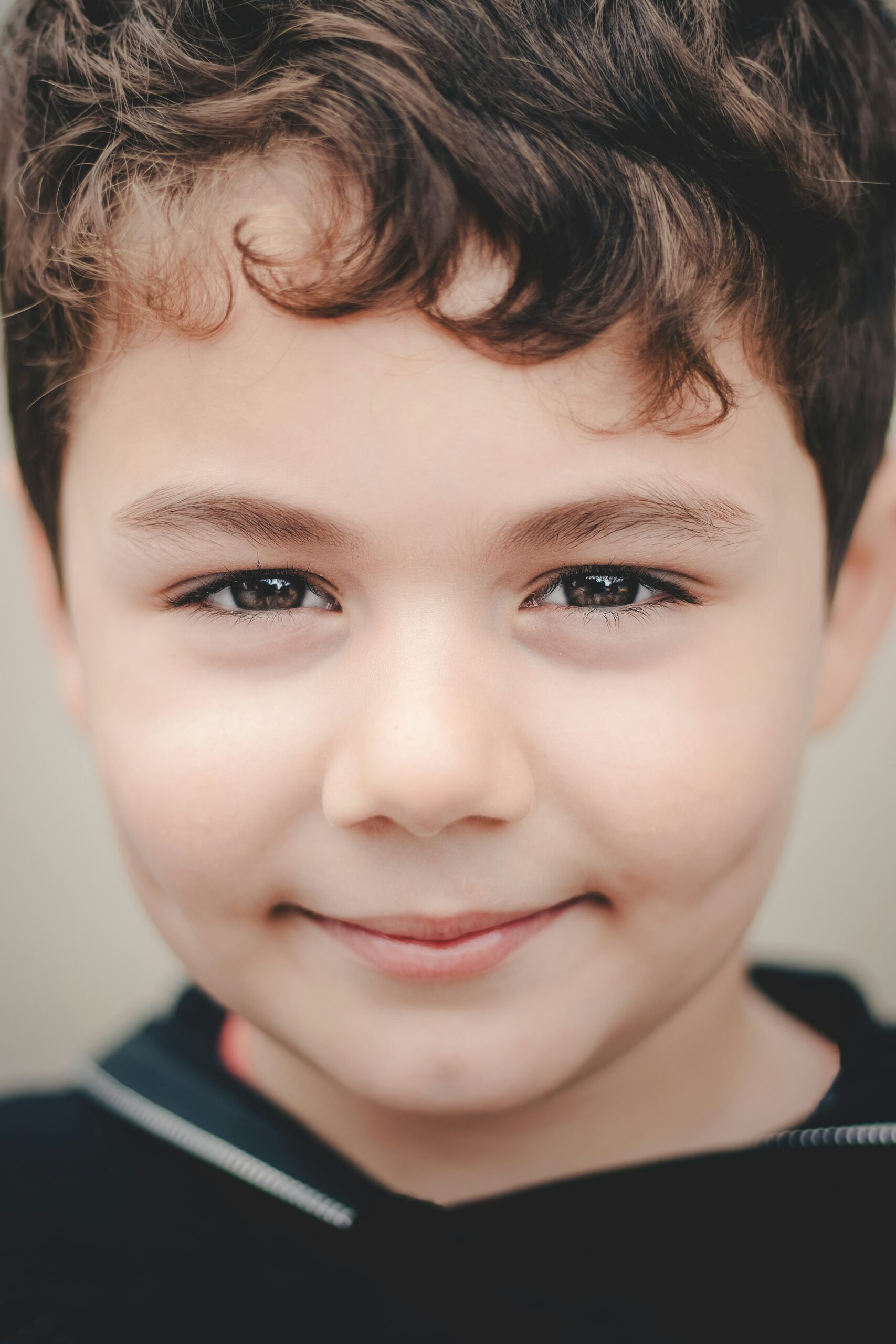For many years, symptoms of OCD were limited to being overly organized or hyper-focused on patterns and colors. Today, we know OCD can be much more. If you believe your child or teen is struggling with obsessive-compulsive disorder, keep an eye out for the following symptoms:
Avoidance of Fearful Situations
Scary situations are uncomfortable for us all — no matter the age. However, if the fear of what could happen is affecting your child’s everyday life, they could be experiencing OCD.
If you notice your child avoiding the same situations or events, they may feel that something could put them or their loved ones in danger. By not participating, they could believe they are preventing that harm.
Need for Repetition and Routine
Patterns are very common for children and teens with OCD. Although it is normal for early learners to categorize, label and classify, these actions can become excessive. Common examples of compulsive rituals seen in children with OCD are:
- Repeating words and phrases a specific number of times
- Touching/moving objects or body parts in a certain way
- Excessive counting of items, objects or actions
- Rechecking homework over and over again
Doubts of Safety
When children feel fearful or anxious, they can doubt their safety — just like the rest of us. However, if you notice your child continuously on edge, even in their own home, they could be struggling with OCD.
Doubts of safety can burden children and teens because their fear of something going wrong can make it difficult to focus on daily activities. This OCD symptom could also be why your child has trouble falling asleep at night.



